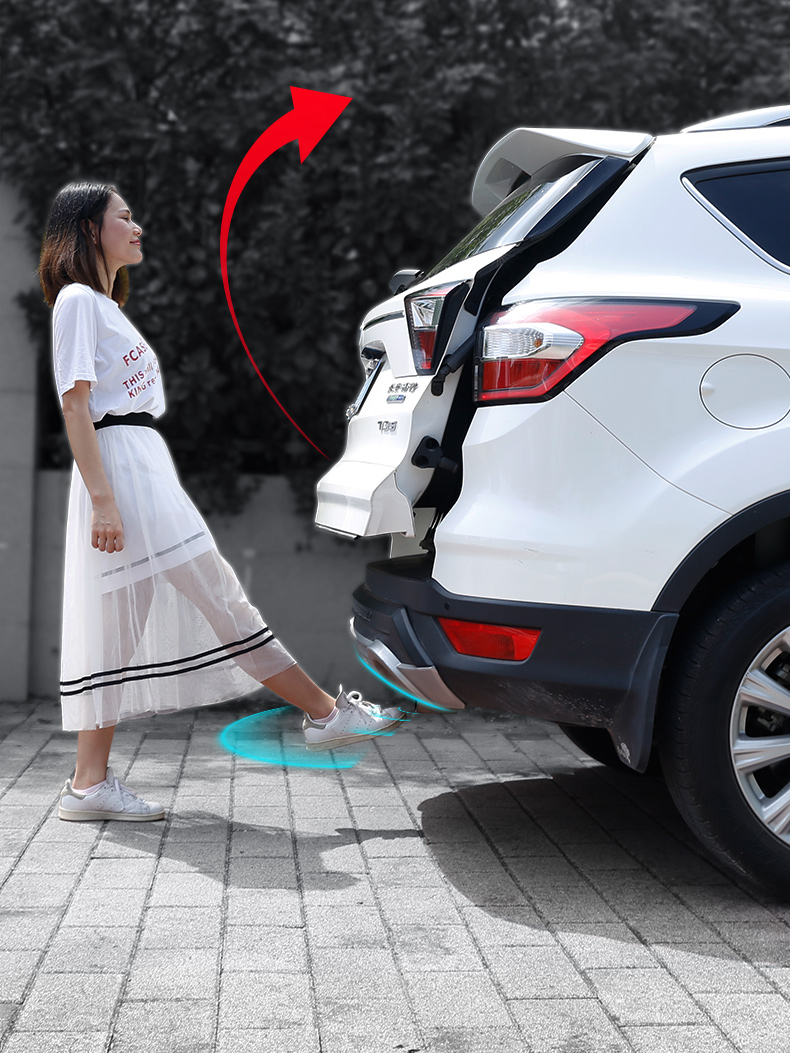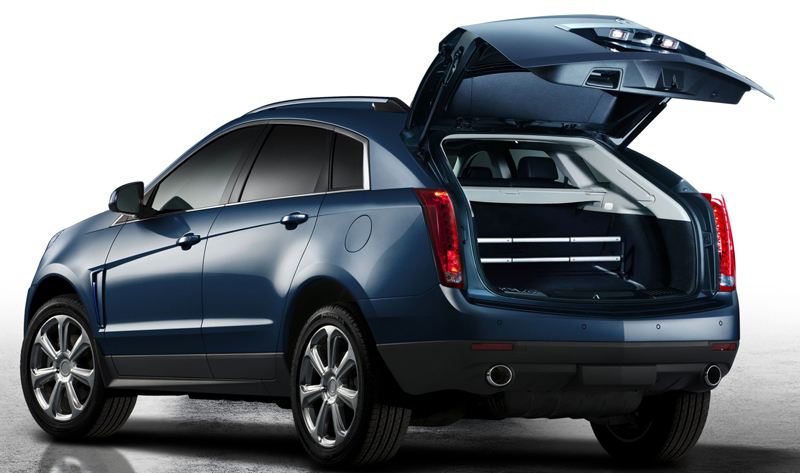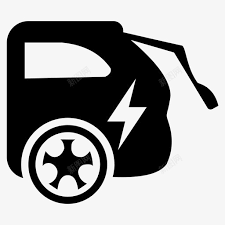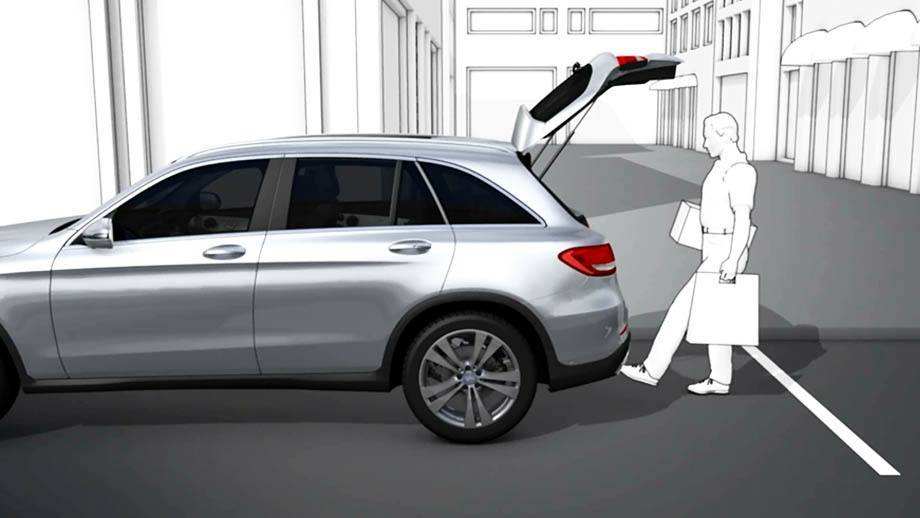There are several ways to compare the cargo space of compact SUVs. One of the most common measurements used is cargo volume, which is the total amount of space available behind the rear seats when they are in the upright position. Most manufacturers provide cargo volume measurements in cubic feet.
Here are some examples of cargo volume measurements for the compact SUVs I mentioned earlier:
1. Mazda CX-5: 30.9 cubic feet
2. Toyota RAV4: 37.6 cubic feet
3. Subaru Forester: 31.1 cubic feet
4. Nissan Rogue: 36.5 cubic feet
5. Hyundai Tucson: 31.0 cubic feet
6. Kia Sportage: 30.7 cubic feet
It's worth noting that cargo volume measurements can vary depending on the specific trim level, configuration, and whether or not the vehicle has a power liftgate. It's also important to consider other factors that can affect cargo space, such as the shape and height of the cargo area, the position of the rear seats, and the presence of any cargo management systems or underfloor storage compartments.
If you're looking to compare the cargo space of multiple compact SUVs, you may want to visit a dealer or automotive review website that provides detailed specifications and measurements for each model. This can help you make an informed decision based on your specific needs and preferences.

 How is the electric tailgate work?
How is the electric tailgate work?
 The principle of car electric tailgate
The principle of car electric tailgate
 The frequency of inspections for a power tailgate can vary depending on the vehicle and the manufacturer's recommendations
The frequency of inspections for a power tailgate can vary depending on the vehicle and the manufacturer's recommendations
 While power tailgates are generally reliable, there are a few common issues that can arise.
While power tailgates are generally reliable, there are a few common issues that can arise.